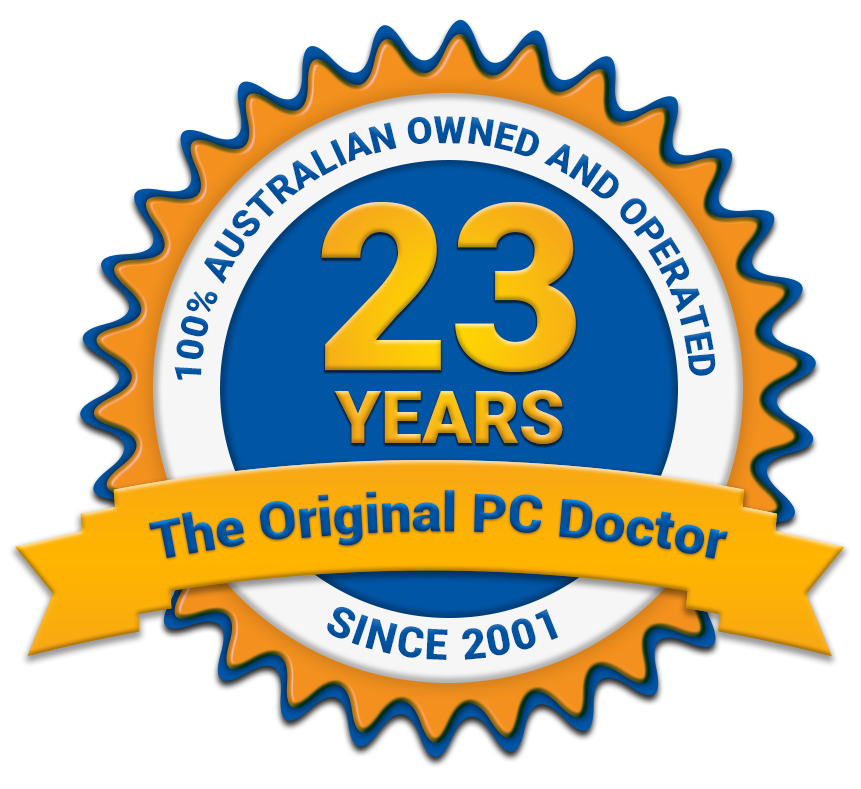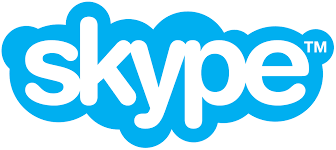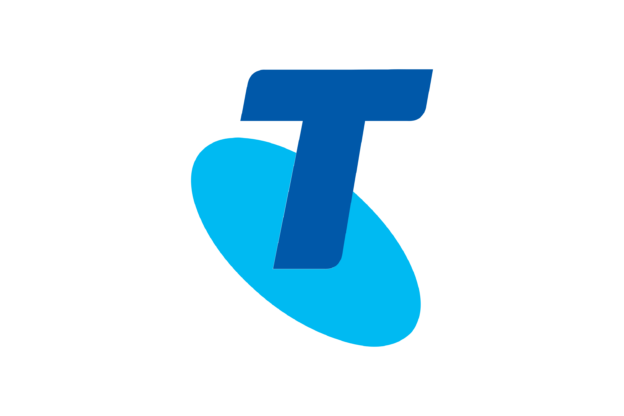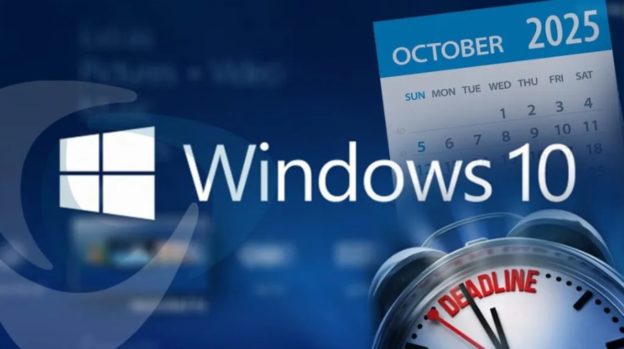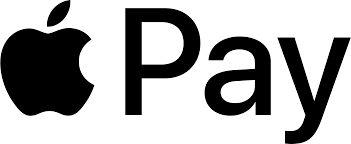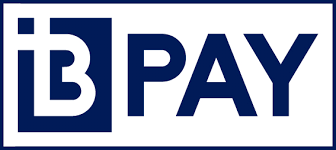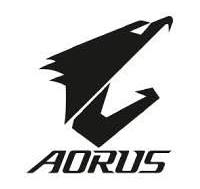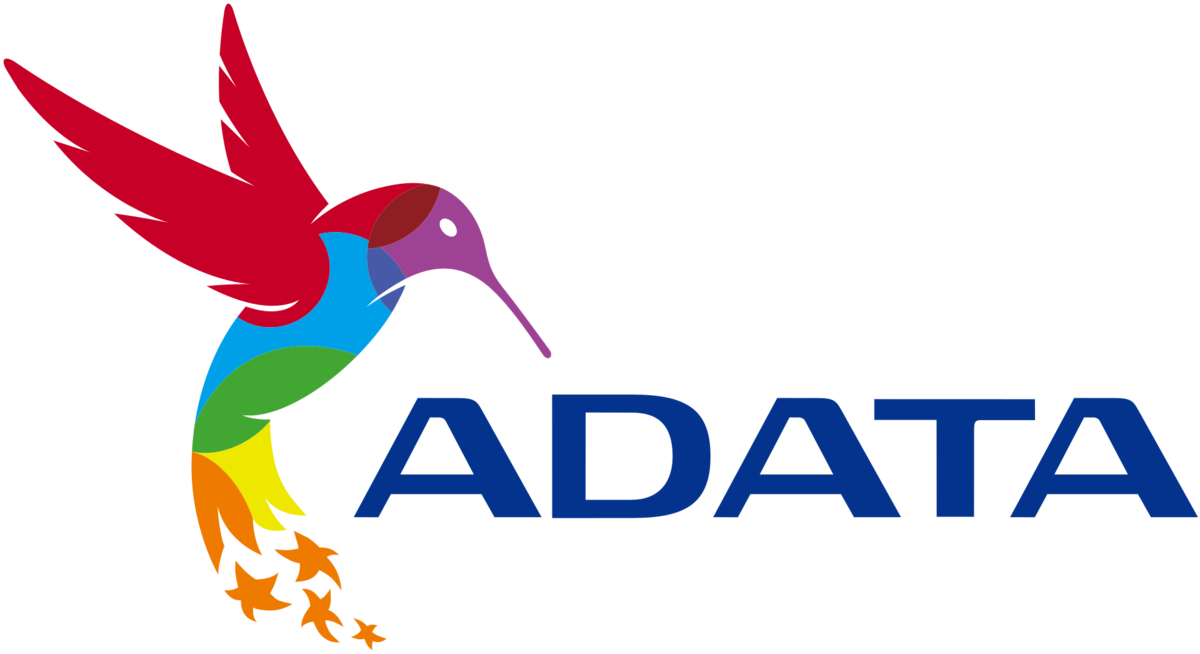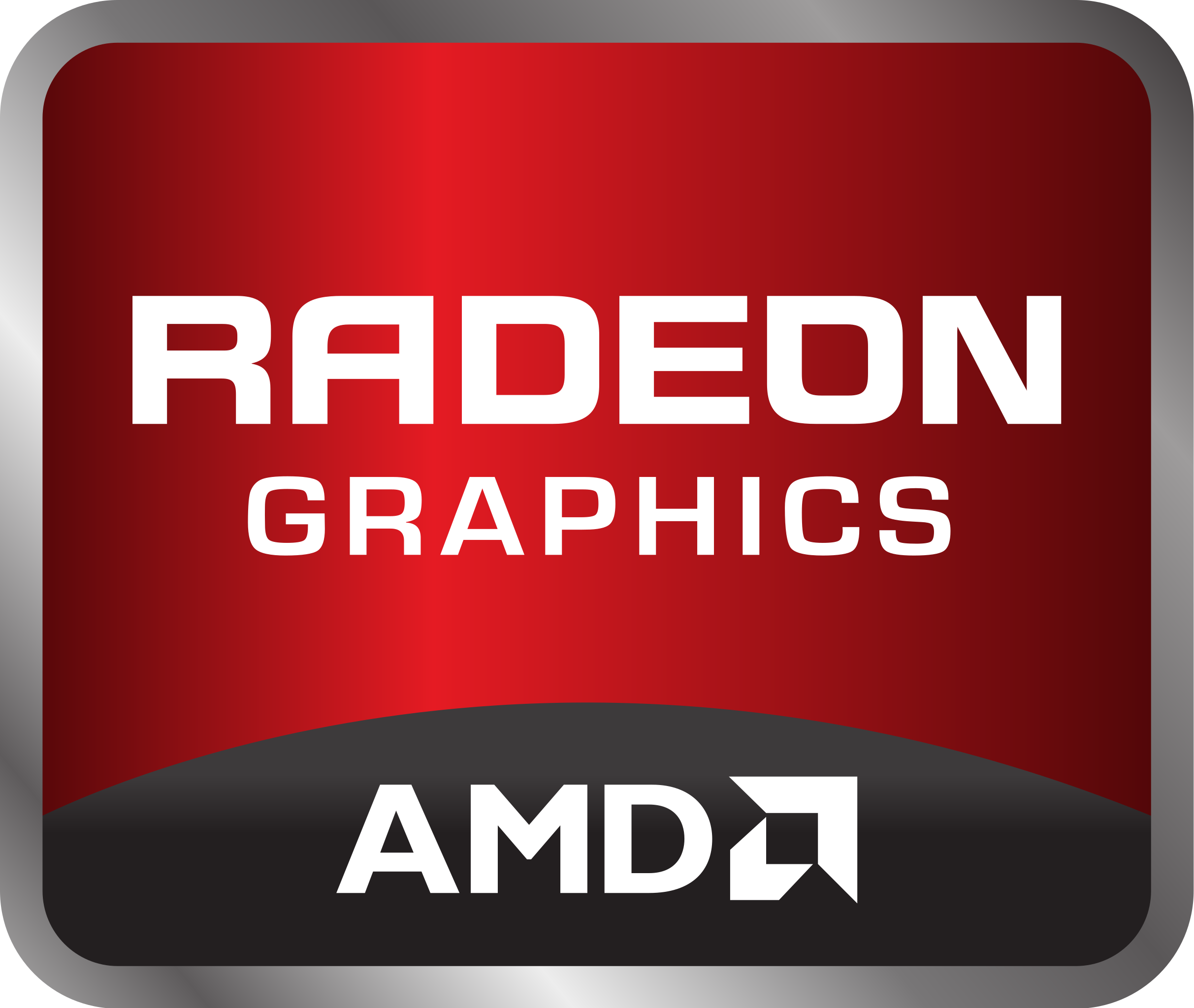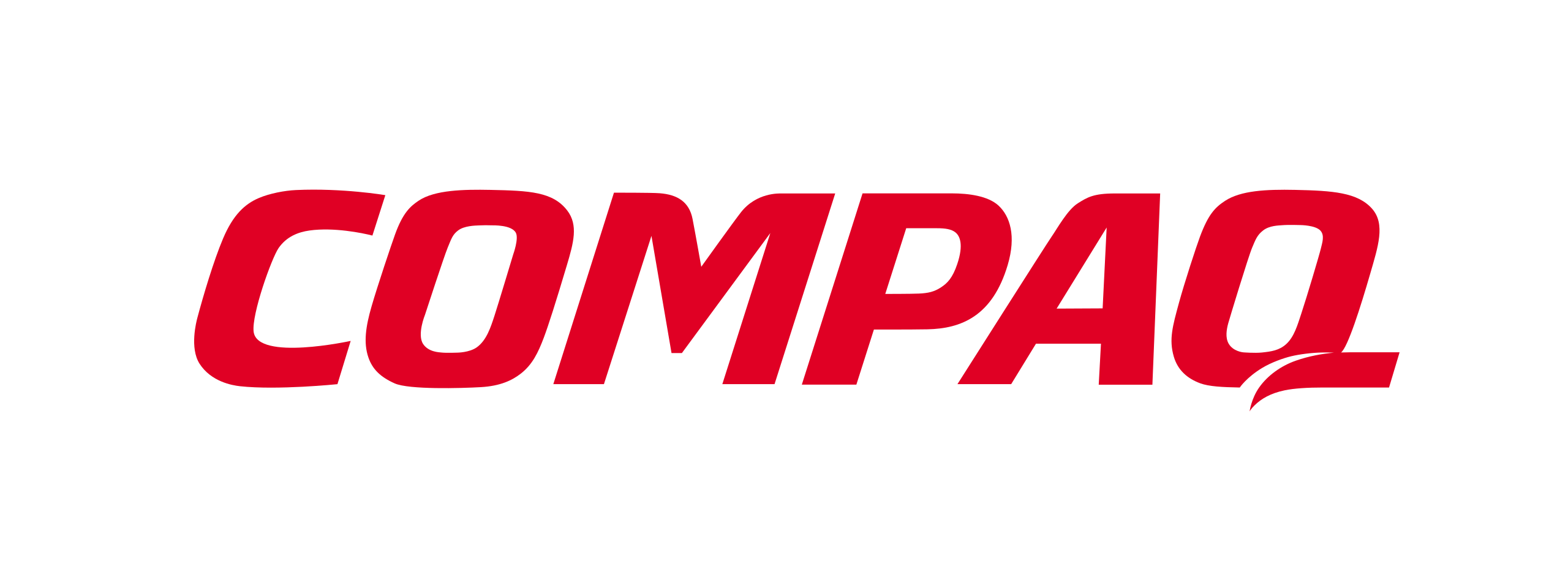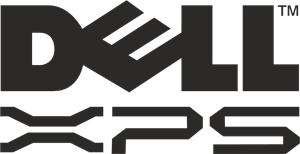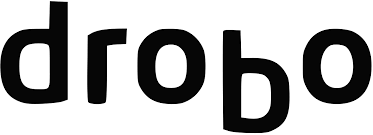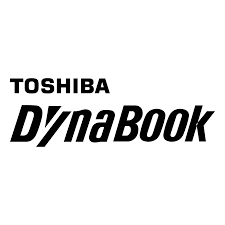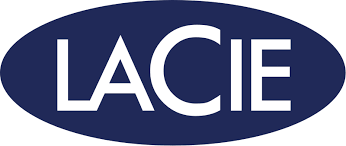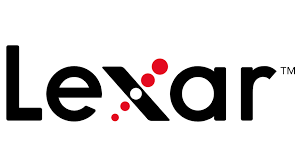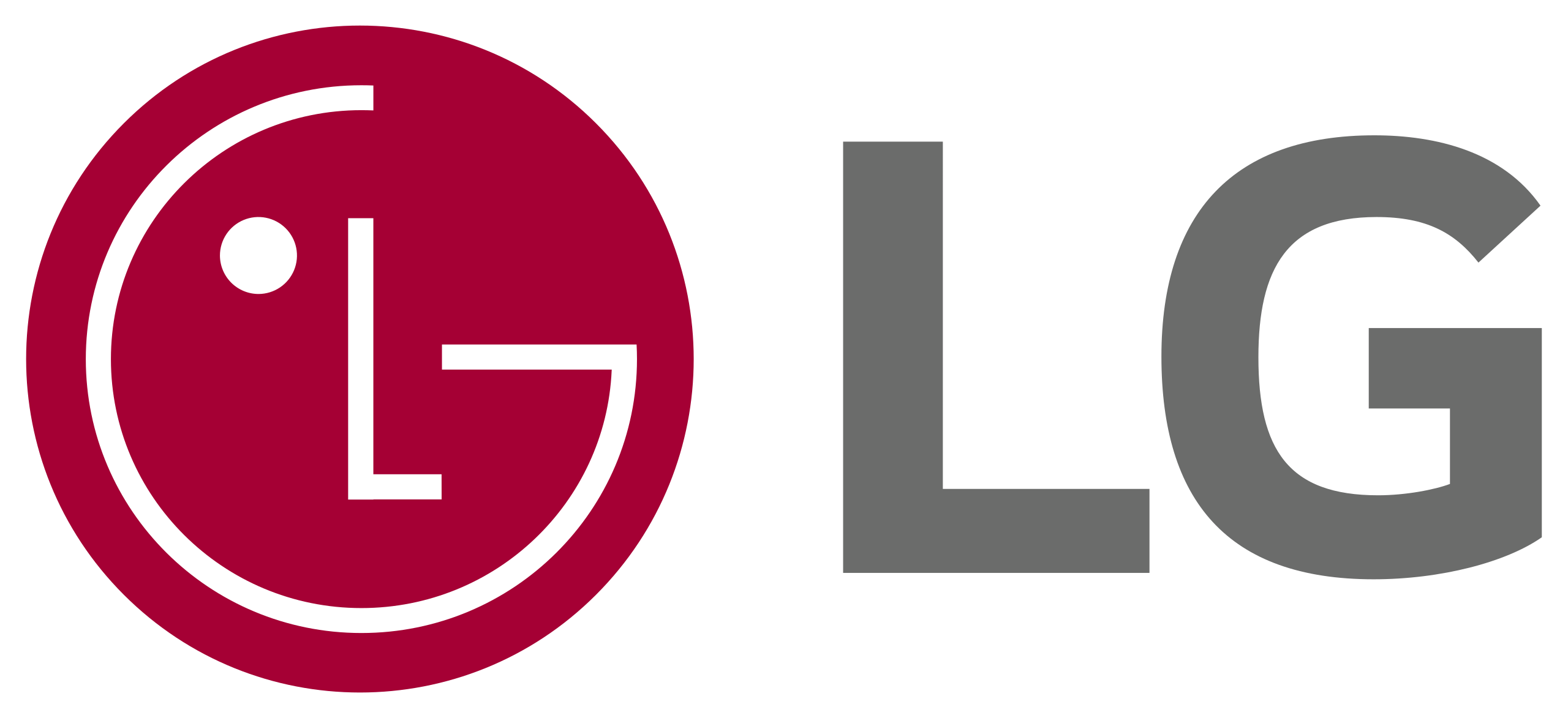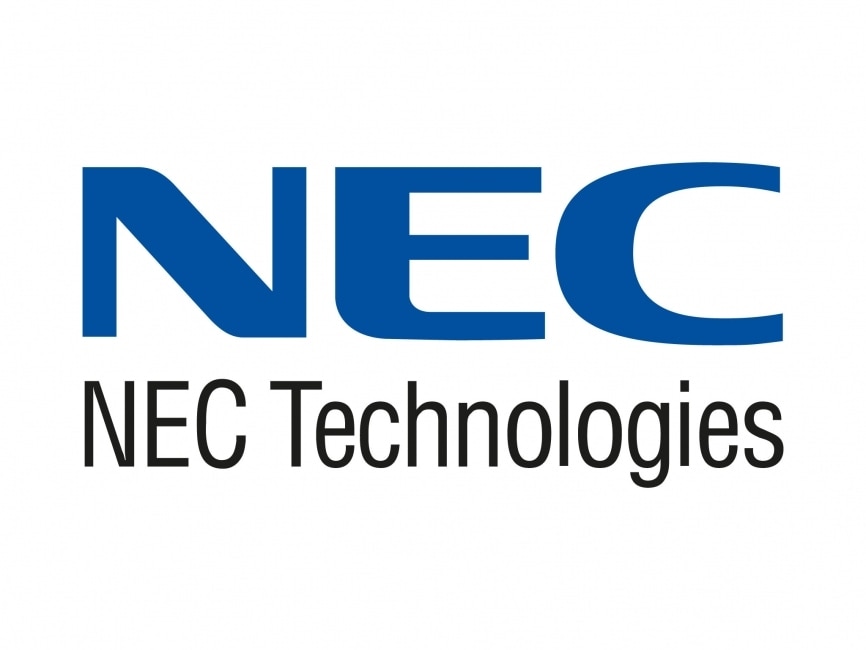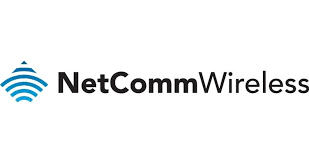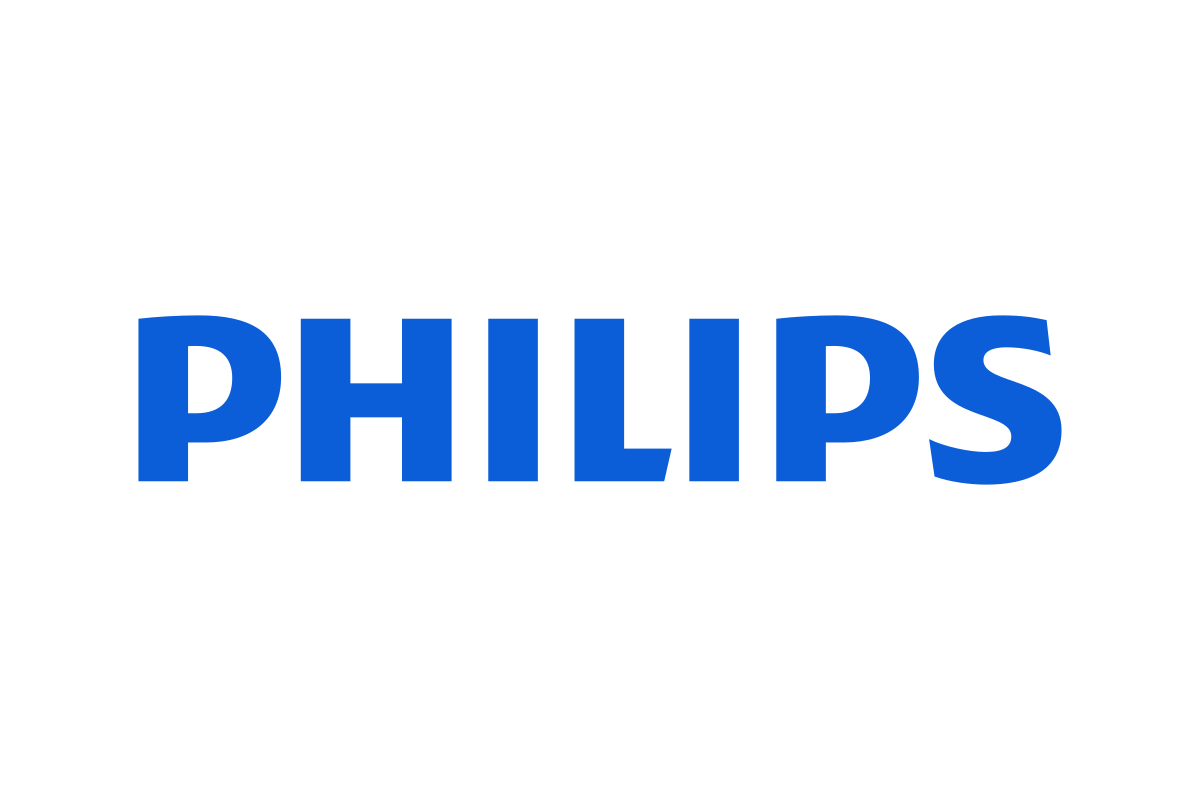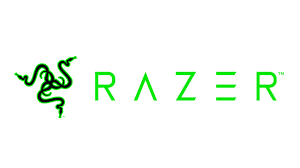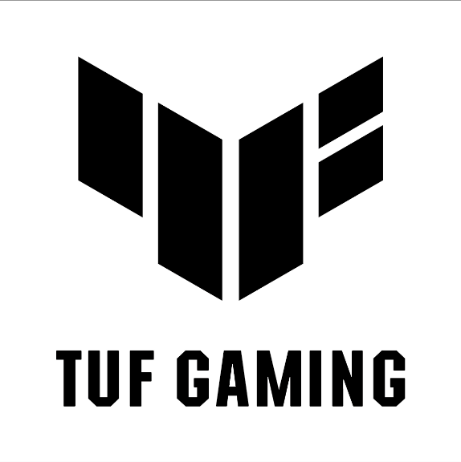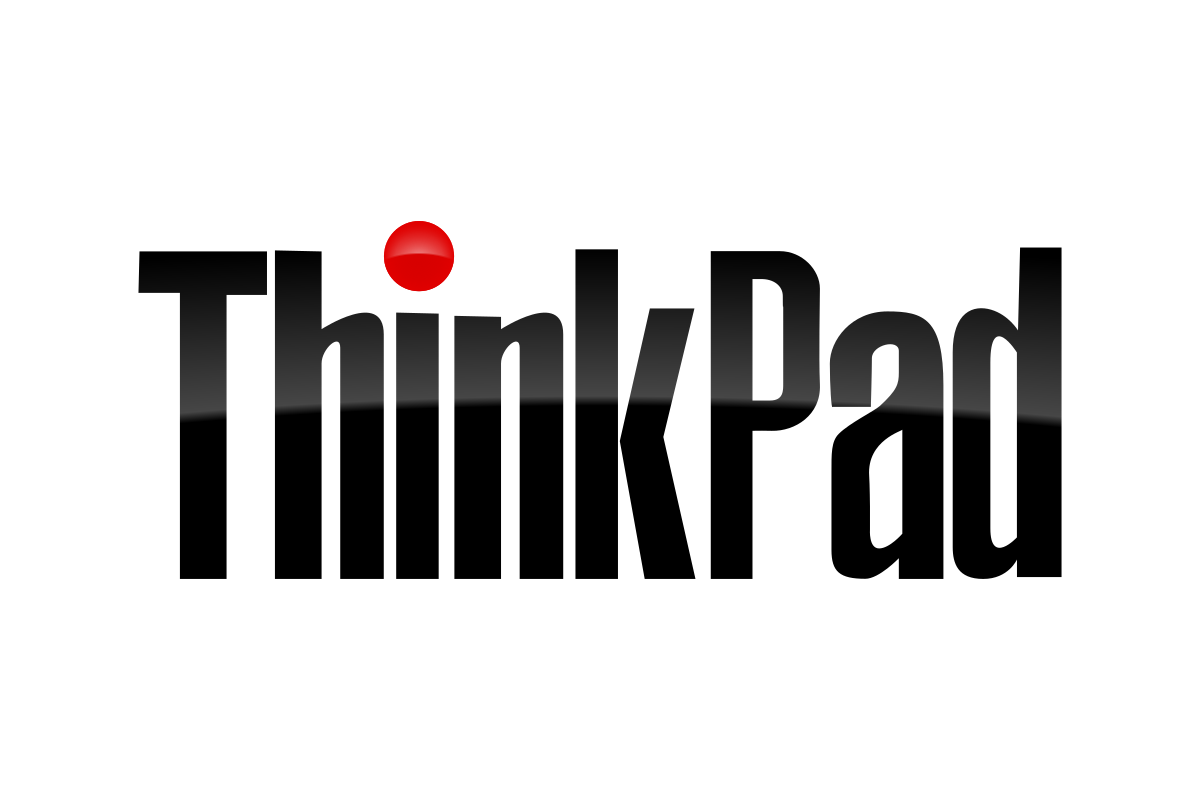Web3 for Dummies
Web3 or Web 3.0 is a term that has been making waves for several years now and will continue to do so for years to come. It’s not just a buzzword but a mechanism that combines the power of the Internet with blockchain technologies. It is the next generation of the Internet and a new trend or movement toward decentralised web solutions.
The current form of web development known as “Web 2.0” has been around for quite some time and is a core part of our daily lives, but the birth of Web3 brings something unique to the table, which has never existed before. This article will give you everything you want to know about Web3 or Web 3.0.
What is Web3 or Web 3.0?
Web3.0 is a term that refers to the new Internet and web ecosystem being created by decentralised technology – blockchain networks. It’s expected to be more secure and efficient than we have now.
In Web3.0, data can be stored and shared easily on blockchain technology, distributed ledgers that run on computers instead of being stored in one place like in traditional databases or servers. The Internet has been around for decades, but web3.0 looks at how it can be improved with this new approach to storing data on blockchains rather than using centralised databases or servers which could be hacked into by malicious actors or just misused by a single entity.
Web 3.0 is a massive shift or paradigm shift in how we build websites and applications. It’s a move towards decentralising the Internet as we know it today. This includes distributed applications, decentralised storage, and more. Some experts and enthusiasts in the technology space believe it will change how we interact with websites, browsers, and even computers.
History of Web
Web 1.0
The Web or Web 1.0 was originally developed in 1989 by Tim Berners-Lee, who wanted to create a global hypertext platform for information sharing. He created the first website and World Wide Web browser and published it in 1991. It was designed as a simple hypertext system that allows users to browse through documents stored on servers via the Internet. The Web was developed as a simple way to share information online with others.
Web 2.0
The second generation of the Internet is known as Web 2.0, which refers to the current generation of internet technology and how we interact online today. This era saw the rise of social networking sites such as Facebook, Twitter, and LinkedIn, which allow users to share their thoughts with friends and family across the globe. These sites also encourage users to share information about themselves through collections of photos and videos, which can be accessed from anywhere at any time.
Web 3.0
We are now at a stage where we refer to the next generation of the Internet as web 3 or web 3.0 because it has become more than just another website; it’s a whole new way of life made possible by this new form of communication and networking technology.
In Web 3.0. users can interact with each other and share information in a decentralised manner. It is built on top of the blockchain, which allows for better security and privacy and more advanced applications that are not possible with current technology.
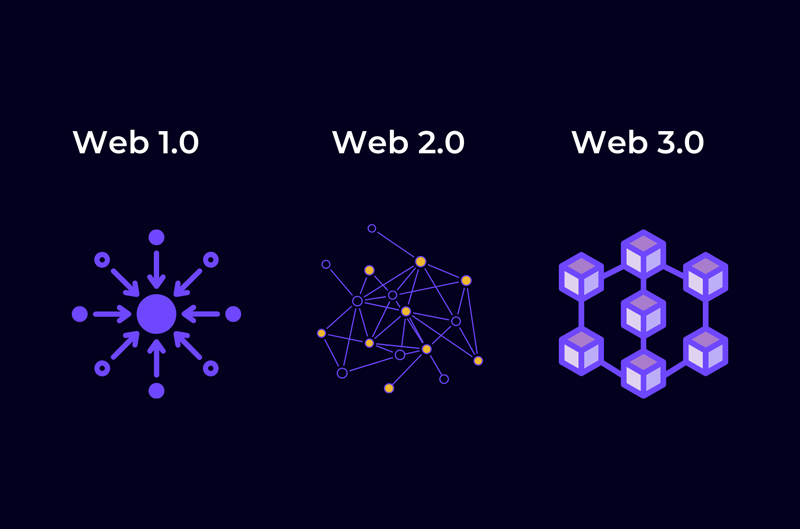
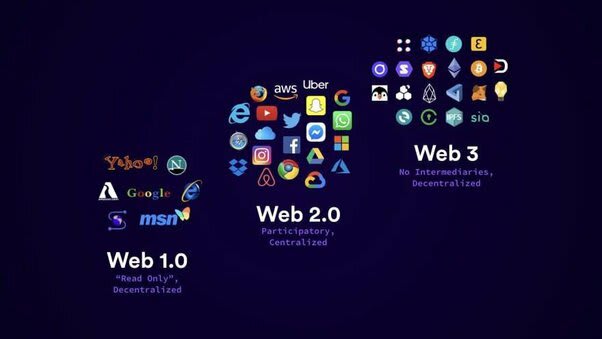
What Are the Advantages of Web3?
The main goal of Web3 is to make it easier for people to interact with each other and securely share information. This will allow them to work together without relying on trusted intermediaries or central authorities. According to some experts, Web3 could become one of the most important technologies in our future society because it allows us to create new products, services, and business models without relying on central authorities or other institutions that may be corruptible or inefficient in different ways.
There are several advantages to this new web, but some of the most important ones include:
Privacy
Data privacy has been one of the most important issues on the Internet since its inception. The data we share online today can be used by any person or company, which makes it vulnerable to malware attacks and other cyber threats. The concept of Web3 was born out of this concern, as it allows users to own their data and choose who can access it.
Freedom of Speech
Just think about how easy to censor people on social media platforms like Twitter or Facebook! However, the new web allows for greater freedom of speech by providing a hard-to-censor platform where users can post whatever they want without fear of being censored. However, this freedom comes with its risks: online harassment, hate speech, and disinformation are some examples of things that can happen more with Web3.
Security
Web3 is secure because it uses the Self-sovereign identity or SSI method, which is used in crypto wallets like MetaMask or Trust Wallet, to keep your information safe from hackers and other unauthorised users might try to steal it. It also uses blockchain technology so that no one can tamper with the information once it has been uploaded into the system by anyone who wants access to it.
Interoperability
With Web3, it’s possible for different systems and applications built on top of them to communicate with each other via smart contracts and dapps (Decentralised Applications), which means they don’t have to be isolated from each other but can work together seamlessly while still being separate entities themselves.
No Single Point of Failure
With Web3, multiple nodes and chains are running at once, so if one node goes down, the entire system can still run. This makes it impossible for any hacker to take down the whole system.
Trust
Web3 has a more decentralised and distributed architecture than previous iterations of the Web, which helps to create a more trustworthy environment for users and developers.
Web3’s incorporation of smart contracts also allows for trustless transactions between parties without a third-party intermediary, which allows for greater security and transparency.
Conclusion
Web 3.0 is still in the works, but it’s actively being developed, and the potential for massive change seems to be on the horizon. There is still a lot to consider and perfect before Web 3.0 becomes mainstream. Only time will tell how popular Web 3.0 becomes and how effective it will be.
References
- https://medium.com/online-io-blockchain-technologies/web3-for-dummies-a-quick-guide-eaddc9fb3ab3
- https://www.nexxworks.com/blog/web3-for-dummies
- https://devdojo.com/abhiraj/web3-for-dummies
- https://techbullion.com/web-3-for-dummies-beginners-guide-to-the-future-of-internet/
- https://coinfomania.com/what-is-web3-for-dummies/
- https://www.analyticsvidhya.com/blog/2022/06/become-a-web-3-developer-in-2022/
- https://en.wikipedia.org/wiki/Web3
- https://www.techtarget.com/whatis/definition/Web-30
- https://coinmarketcap.com/alexandria/article/what-is-web-3-0
Written by The Original PC Doctor on 12/7/2022.






